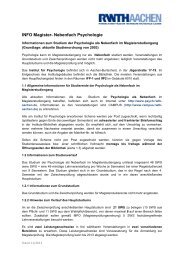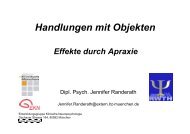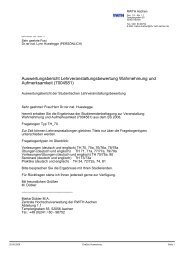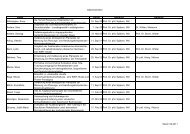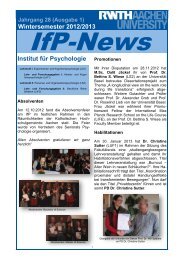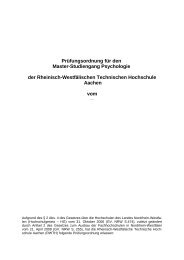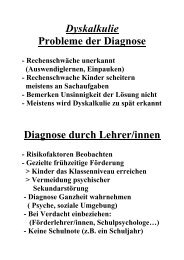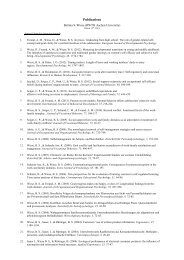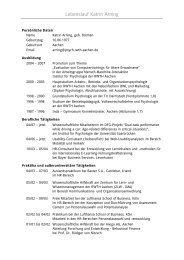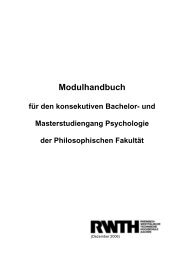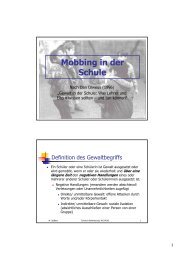Crossmodal Action 1 Crossmodal Action Selection - RWTH Aachen ...
Crossmodal Action 1 Crossmodal Action Selection - RWTH Aachen ...
Crossmodal Action 1 Crossmodal Action Selection - RWTH Aachen ...
You also want an ePaper? Increase the reach of your titles
YUMPU automatically turns print PDFs into web optimized ePapers that Google loves.
<strong>Crossmodal</strong> <strong>Action</strong> 8<br />
subjects responded with a spatially incompatible saccade, but with a compatible manual<br />
response. We used auditory stimuli to ensure comparable sensorimotor transformation<br />
processes for both responses (similar levels of input-output modality compatibility; see<br />
Hazeltine et al., 2006).<br />
Unlike previous paradigms, the present procedure allows one to separately assess<br />
different sources of dual-task costs (i.e., central bottleneck and crosstalk). A comparison of<br />
dual-task costs across temporal task overlap conditions should allow us to assess whether<br />
larger temporal task overlap leads to an increase of dual-task costs, as predicted by serial<br />
bottleneck accounts. The contribution of crosstalk to the performance costs should mainly be<br />
reflected in the comparison of single-task vs. dual-task performance. A more elaborate model<br />
of the specific crosstalk mechanism at work will be presented in the discussion section.<br />
In a recent study that also utilized the single onset paradigm in the study of<br />
simultaneously executed saccades and manual responses towards auditory stimuli, we<br />
demonstrated that substantial dual-task costs occur even when both responses were spatially<br />
compatible (Huestegge & Koch, 2009). Additionally, we demonstrated that dual-task costs<br />
substantially increased when the potential for crosstalk between responses was enhanced (e.g.,<br />
by introducing crossed-hands conditions), suggesting that crosstalk is a major determinant for<br />
dual-task costs in crossmodal response demands. However, since we did not experimentally<br />
manipulate temporal task overlap in the previous study, we were not able to decide to what<br />
extent a central bottleneck contributed to the observed performance costs. The present study<br />
was aimed at explicitly examining this issue of serial vs. parallel processing in crossmodal<br />
action selection, complementing on the action side an already existing line of research on<br />
crossmodal attention in perceptual processing (e.g., Spence & Driver, 2004).<br />
Method<br />
Participants



